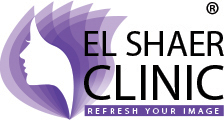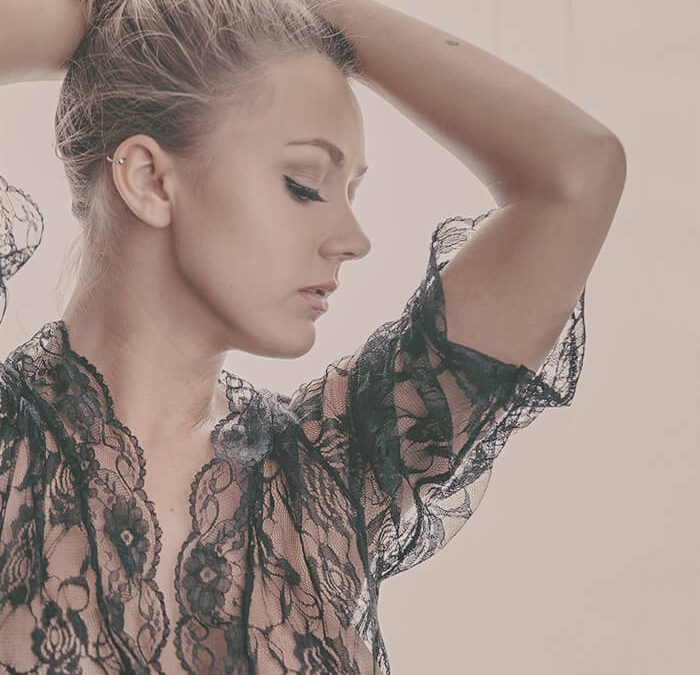Consultation
This will include
1- information about any medical conditions you may have, medical treatments you have received, previous surgeries including repair of nasal injuries, and medications that you currently take.
2-Evaluation by conducting a routine and painless examination of your internal nasal structures. Your skin quality as well as the size and shape of your nose and its relationship to your other facial features will be carefully studied.
In some instances, we may recommend surgery of your chin, making it either more or less prominent, to improve facial balance. This procedure can be done during your rhinoplasty procedure.
During the initial consultation, you may be asked to look in a mirror and point out exactly what you would like to see improved. This will help Prof. Dr. ElShaer to understand your expectations and determine whether they can realistically be achieved.
Functional problems
Sometimes certain breathing problems related to the internal nasal structures can be corrected at the same time as nose reshaping is performed. Prof. Dr. ElShaer will be able to help you determine whether these structures should be modified along with reshaping your nose.
How is Prof. Dr. ElShaer able to reshape my nose?
Through a small incision, work is done on the cartilage and bone that form the framework of your nose. Sometimes, the position of certain bones may need to be altered slightly in order to make your nose look narrower and straighter. The skin and soft tissues then rewrap themselves over this new "scaffolding."
Where are the rhinoplasty incisions placed?
Alterations may be made to increase or decrease the nasal bridge, reduce the size or width of the nose, narrow the nostrils, change the angle between the nose and upper lip, or reshape the tip. The surgical techniques employed will depend primarily on the goals established by you and Prof. Dr. ElShaer. In many instances, all of the incisions will be placed inside your nose, where they will not be visible.
Depending on the surgical technique used, a splint may be placed on the bridge of the nose for the purpose of holding the tissues in place until they have stabilized. This technique is called an "open rhinoplasty." Whatever incisions are used to reshape your nose, they will ultimately be very inconspicuous.
Rhinoplasty timing
We usually recommend that patients wait until they are at least 14 or 15 years old. Assuming you are in good health, there is no upper age limit for having your nose reshaped. Rhinoplasty is sometimes performed in conjunction with a facelift or other rejuvenation surgery to correct aging changes of the nose such as a drooping tip.
The cost of Rhinoplasty surgery?
It is understandable that you would like to have information about the cost of surgery as soon as possible. You must first complete a thorough evaluation before your individualized surgical plan can be developed. Following this, the fees required for your surgery will be discussed with you..
When can I resume my normal activities?
Straining, bending and lifting should be avoided during the early postoperative period. In many instances, you may be able to return to work within a week or ten days after surgery. Most normal activities including exercise can usually be resumed within three weeks.
Understanding Risks
Fortunately, significant complications from rhinoplasty are infrequent. Every year, many thousands of people have their noses reshaped, experience no major problems and are pleased with the results. Anyone considering surgery, however, should be aware of both the benefits and risks.
Results of Your Rhinoplasty
The goal of rhinoplasty is a nose that looks natural and blends harmoniously with your other facial features. Since the healing process is gradual, you should expect to wait up to one to three months to see the results of your rhinoplasty. You are likely, however, to begin enjoying your new look within weeks of your surgery. Occasionally, a touchup may be desired to further improve the results. If this is the case, the additional procedure is usually less extensive than the original operation.
How long will the results last?
In most instances, the results of rhinoplasty are permanent, except for possible changes associated with the normal aging process.
FAQ
1How is Prof. Dr. ElShaer able to reshape my nose?
Through a small incision, work is done on the cartilage and bone that form the framework of your nose. Sometimes, the position of certain bones may need to be altered slightly in order to make your nose look narrower and straighter. The skin and soft tissues then rewrap themselves over this new "scaffolding."
2Where are the rhinoplasty incisions placed?
Alterations may be made to increase or decrease the nasal bridge, reduce the size or width of the nose, narrow the nostrils, change the angle between the nose and upper lip, or reshape the tip. The surgical techniques employed will depend primarily on the goals established by you and Prof. Dr. ElShaer. In many instances, all of the incisions will be placed inside your nose, where they will not be visible.
Depending on the surgical technique used, a splint may be placed on the bridge of the nose for the purpose of holding the tissues in place until they have stabilized. This technique is called an "open rhinoplasty." Whatever incisions are used to reshape your nose, they will ultimately be very inconspicuous.
3The cost of Rhinoplasty surgery?
It is understandable that you would like to have information about the cost of surgery as soon as possible. You must first complete a thorough evaluation before your individualized surgical plan can be developed. Following this, the fees required for your surgery will be discussed with you..
4When can I resume my normal activities?
Straining, bending and lifting should be avoided during the early postoperative period. In many instances, you may be able to return to work within a week or ten days after surgery. Most normal activities including exercise can usually be resumed within three weeks.
5How is Prof. Dr. ElShaer able to reshape my nose?
Through a small incision, work is done on the cartilage and bone that form the framework of your nose. Sometimes, the position of certain bones may need to be altered slightly in order to make your nose look narrower and straighter. The skin and soft tissues then rewrap themselves over this new "scaffolding."
6How long will the results last?
In most instances, the results of rhinoplasty are permanent, except for possible changes associated with the normal aging process.
Straining, bending and lifting should be avoided during the early postoperative period. In many instances, you may be able to return to work within a week or ten days after surgery. Most normal activities including exercise can usually be resumed within three weeks.
The goal of rhinoplasty is a nose that looks natural and blends harmoniously with your other facial features. Since the healing process is gradual, you should expect to wait up to one to three months to see the results of your rhinoplasty. You are likely, however, to begin enjoying your new look within weeks of your surgery. Occasionally, a touchup may be desired to further improve the results. If this is the case, the additional procedure is usually less extensive than the original operation.

When can I resume my normal activities?
Straining, bending and lifting should be avoided during the early postoperative period. In many instances, you may be able to return to work within a week or ten days after surgery. Most normal activities including exercise can usually be resumed within three weeks.
- Consultation
- Functional problems
- How is Prof. Dr. ElShaer able to reshape my nose?
- Where are the rhinoplasty incisions placed?
- Rhinoplasty timing
This will include
1- information about any medical conditions you may have, medical treatments you have received, previous surgeries including repair of nasal injuries, and medications that you currently take.
2-Evaluation by conducting a routine and painless examination of your internal nasal structures. Your skin quality as well as the size and shape of your nose and its relationship to your other facial features will be carefully studied.
In some instances, we may recommend surgery of your chin, making it either more or less prominent, to improve facial balance. This procedure can be done during your rhinoplasty procedure.
During the initial consultation, you may be asked to look in a mirror and point out exactly what you would like to see improved. This will help Prof. Dr. ElShaer to understand your expectations and determine whether they can realistically be achieved.
Sometimes certain breathing problems related to the internal nasal structures can be corrected at the same time as nose reshaping is performed. Prof. Dr. ElShaer will be able to help you determine whether these structures should be modified along with reshaping your nose.
Through a small incision, work is done on the cartilage and bone that form the framework of your nose. Sometimes, the position of certain bones may need to be altered slightly in order to make your nose look narrower and straighter. The skin and soft tissues then rewrap themselves over this new "scaffolding."
Alterations may be made to increase or decrease the nasal bridge, reduce the size or width of the nose, narrow the nostrils, change the angle between the nose and upper lip, or reshape the tip. The surgical techniques employed will depend primarily on the goals established by you and Prof. Dr. ElShaer. In many instances, all of the incisions will be placed inside your nose, where they will not be visible.
Depending on the surgical technique used, a splint may be placed on the bridge of the nose for the purpose of holding the tissues in place until they have stabilized. This technique is called an "open rhinoplasty." Whatever incisions are used to reshape your nose, they will ultimately be very inconspicuous.
We usually recommend that patients wait until they are at least 14 or 15 years old. Assuming you are in good health, there is no upper age limit for having your nose reshaped. Rhinoplasty is sometimes performed in conjunction with a facelift or other rejuvenation surgery to correct aging changes of the nose such as a drooping tip.




